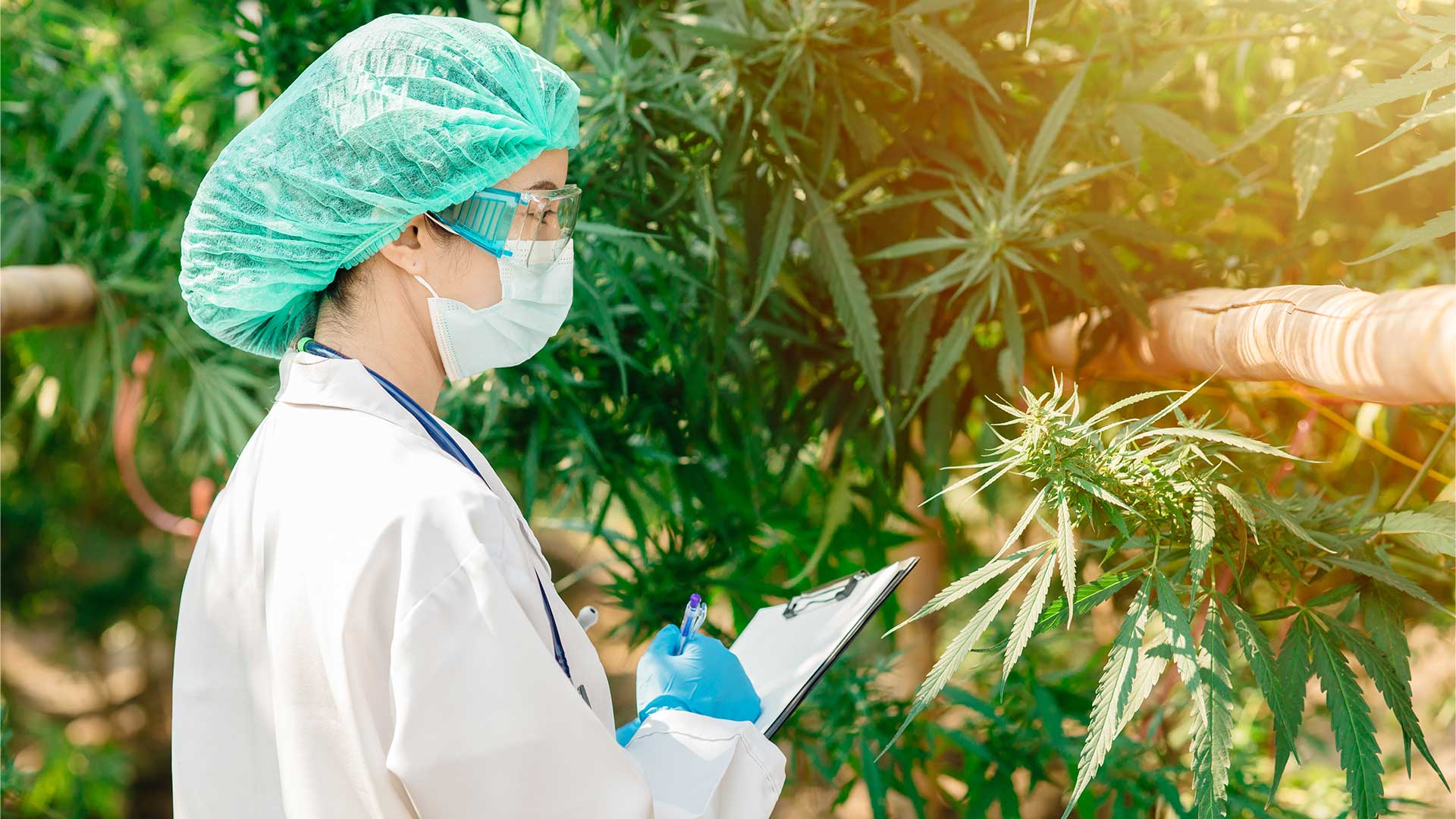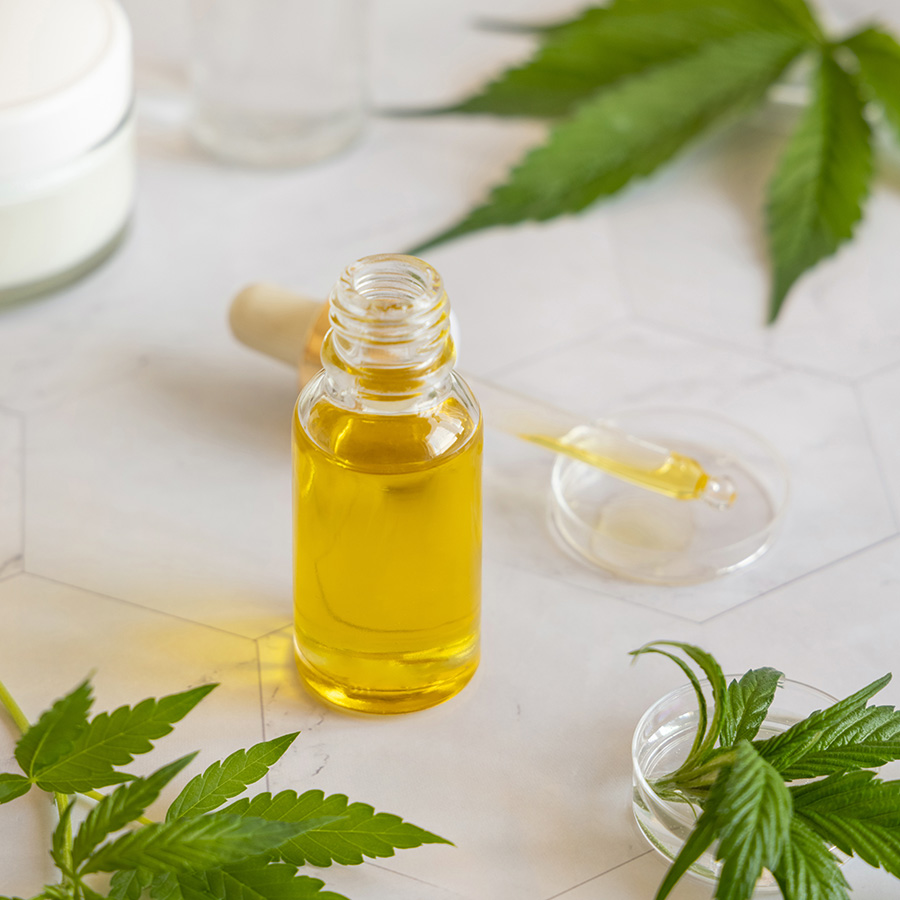
Pippinger Landscapes has offered professional lawn fertilization and weed control services in the Jonesboro, Harrisburg and Paragould Arkansas area since 2013. Give us a call today at 870-578-7744 to get started!
The appearance of your lawn is one of the most important elements of the overall curb appeal of your home. At Pippinger Landscapes our technicians are knowledgeable, licensed and skilled professionals that are highly trained in all aspects of lawn fertilization and weed control practices. Our team is ready to provide you with be best lawn fertilization and weed control services available in the area.
“I have worked with many good companies, but only a couple GREAT ones and Pippinger Landscapes is one of those GREAT ones!! I highly recommend their services!”


Lawn Fertilization & Weed Control Program
To keep your lawn green, growing and looking its best, a consistent program of fertilization is essential. Regular fertilization will lead to a thicker, healthier lawn that reduces erosion, filters pollutants, provides natural cooling and cleans the air. Plus, your lawn will be less likely to suffer from weed, insect and disease problems when it’s fertilized on a regular basis. And perhaps best of all, your lawn will need less water when it gets the nutrients it needs throughout the year.
Late Winter/Early Spring – A pre-emergent herbicide will be applied to prevent summer grassy annuals as well as post emergent herbicides to control certain broadleaf and grassy weeds
Spring – A second round of pre-emergents will be applied with fertilizer. Broadleaf weeds and any other weeds will be treated at this time.
Late Spring – Fertilize will be applied as well as post emergent herbicides to control sedges and summer grassy annuals.
Summer – Post-emergents will be applied at this time to control summer grassy annuals, broadleaf weeds and sedges.
Late Summer – Fertilize will be applied to ensure the root system is strong going into winter. Any weeds that are present will be treated during the service.
Fall – A pre-emergent and post emergent application will be applied during this time to prevent and control any winter weeds from germinating.
Lime is not included in our program. If the decline in health of the turf is noticeable a lime application maybe needed to optimize the soils ph level. This ensures the plant can uptake all the available nutrients. Optimal ph levels for bermuda turf are in the 6.0 range. A soil sample will be needed to check soil and ph and nutrient levels.
WHAT’S IN FERTILIZER, ANYWAY?
Fertilizer contains three primary (and many secondary) nutrients: nitrogen, phosphorus and potassium. Nitrogen promotes strong color and top growth, phosphorus stimulates root development, and potassium helps with disease resistance and water retention. For the best results, your lawn should be given these nutrients in evenly spaced treatments throughout the year.
HOW DO LAWNS USE FERTILIZER?
After fertilizer becomes mixed with the moisture in the soil, it’s absorbed by the plants through hair-like feeder roots. once inside the plant, nutrients are distributed to the areas where they’re needed and can go to work building new roots, promoting fuller leaf growth, warding off diseases and helping the grass hold water throughout the seasons.
Based on our local history, we know the best fertilizer for your particular needs, and we can apply it in the right amounts at the right times of year to ensure beautiful, healthy growth. Call us today for more information on our fertilization program, or to schedule your lawn for this very important service.
Thatch
Every lawn has some thatch. It is when a lawn has too much thatch that problems occur. Thatch is the layer of living and dead organic material that lies on top of the soil. It is made up of surface roots, stems and crowns of grass plants. Studies have shown that grass clippings left on the lawn do not increase thatch. When thatch accumulates to over 1/2″, it often becomes a home to various types of insects and fungus spores that can damage or kill your lawn. Thatch also prevents water, fertilizer and air from reaching the soil and grass roots. This can cause the death of grass plants and serious thinning of the lawn.
Solving thatch problems. The best cure for thatch is to prevent buildup in the first place. The best way to do this is through regular aeration of the lawn. Aeration breaks up the thatch layer and mixes soil with it to speed up natural decomposition. Annual aeration helps keep thatch within acceptable limits.
If a lawn is seriously damaged or has a thick layer of thatch, the best remedy is usually to slice-seed the lawn, which cuts open the thatch, mixes soil with it and plants seed directly into the soil beneath it. Another solution is dethatching with a power dethatcher, which uses angled blades to pull the thatch up. After dethatching, the loosened thatch needs to be raked or vacuumed and removed.
Thatch can cause serious problems if allowed to accumulate too long. Regular, professional thatch management is strongly recommended.
Lime Treatments
Lime “sweetens” your soil. In areas where soil is naturally “sour” (acid), lime is extremely important for growing healthy turf. Lime helps to improve lawn color and density, helps to control thatch, and increases root development.
Our lime application helps to keep the chemistry of your soil in balance so that you can have, and enjoy, a thicker, greener, healthier lawn.
LIME AFFECTS COLOR, THATCH AND ROOT DEVELOPMENT
When your soil ph is too low (acid), it needs lime to bring it back into balance. soil that is too acid causes “fertilizer lock-up.” this means that fertilizer and important micro- nutrients become locked up in the soil and are unavailable to the grass plants.
Lock-up may result in grass becoming thin and yellow, thatch building up faster, and root growth slowing down.
A lawn in this condition is called “unthrifty,” because even when properly fertilized, it can’t make use of the plant food applied to become thick and stay green.
We suggest annual liming for acid soils. It helps everything else we do work even better. that’s what makes lime such a great lawn value for you.
Tree & Shrub Care
Your trees and shrubs are a growing investment that should increase in beauty and value with each passing season. But landscape plants often fail to flourish, and may even go into decline, due to lack of proper nourishment. Proper feeding of your ornamentals offers many benefits, including improved flowering, increased resistance to disease, and increased ability to ward off insect attacks. Root feeding injects the proper plant foods directly into the root zone of the plants, which allows the fertilizer to be easily absorbed and quickly put to work.
Feeding helps compensate for poor soil or less-than-ideal planting locations. Over time, poorly located plants may gradually “decline” if not given proper care.
Feeding your trees and shrubs at least once per season is good preventive maintenance. The right diet helps to prevent many types of stress that weaken plants. When your trees and shrubs are in top health and growing well, they’re often strong enough to fight off many infectious diseases or insect attacks without suffering serious or permanent damage.
Balanced root feeding, scheduled on a regular basis, helps to improve and protect your growing landscape investment.
We protect your investment by employing trained professionals to take care of your property and at some of the most competitive prices, you are bound to be thrilled as a result of contracting Pippinger Landscapes! Contact us today.